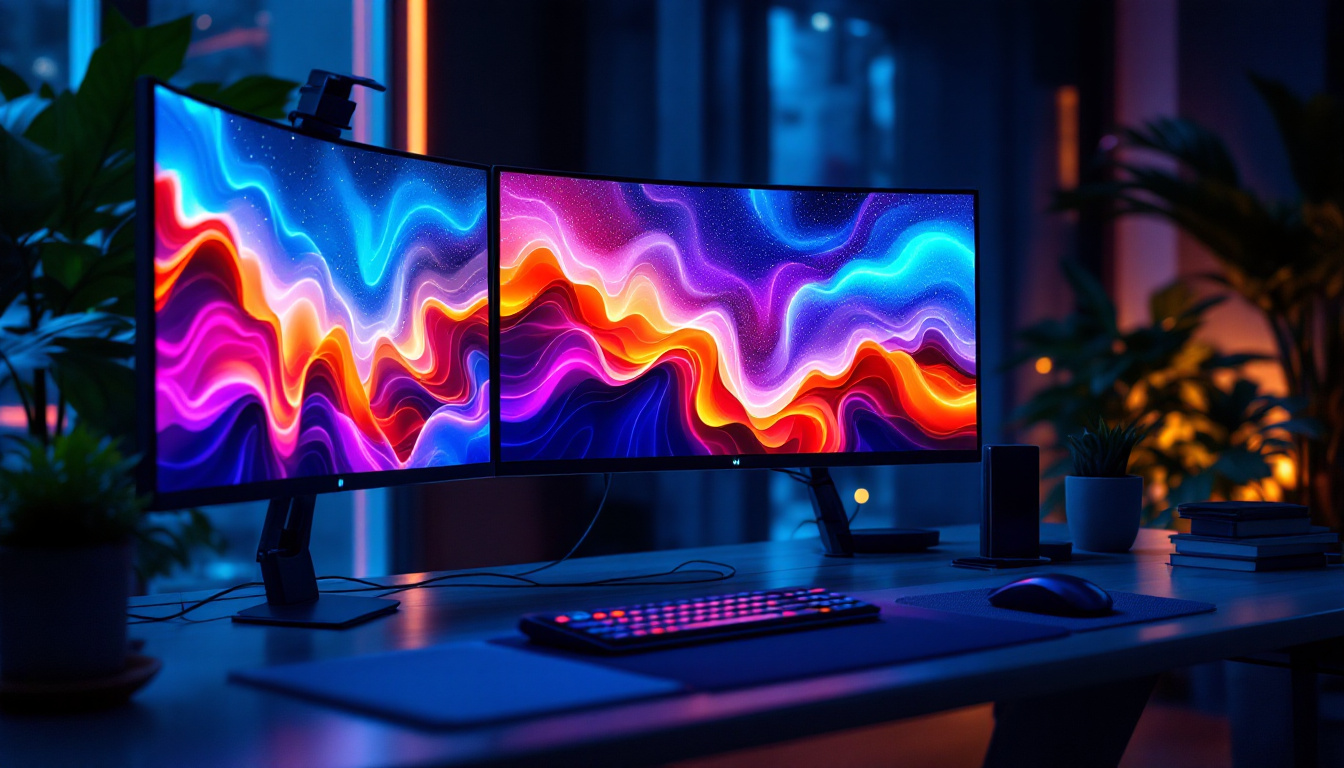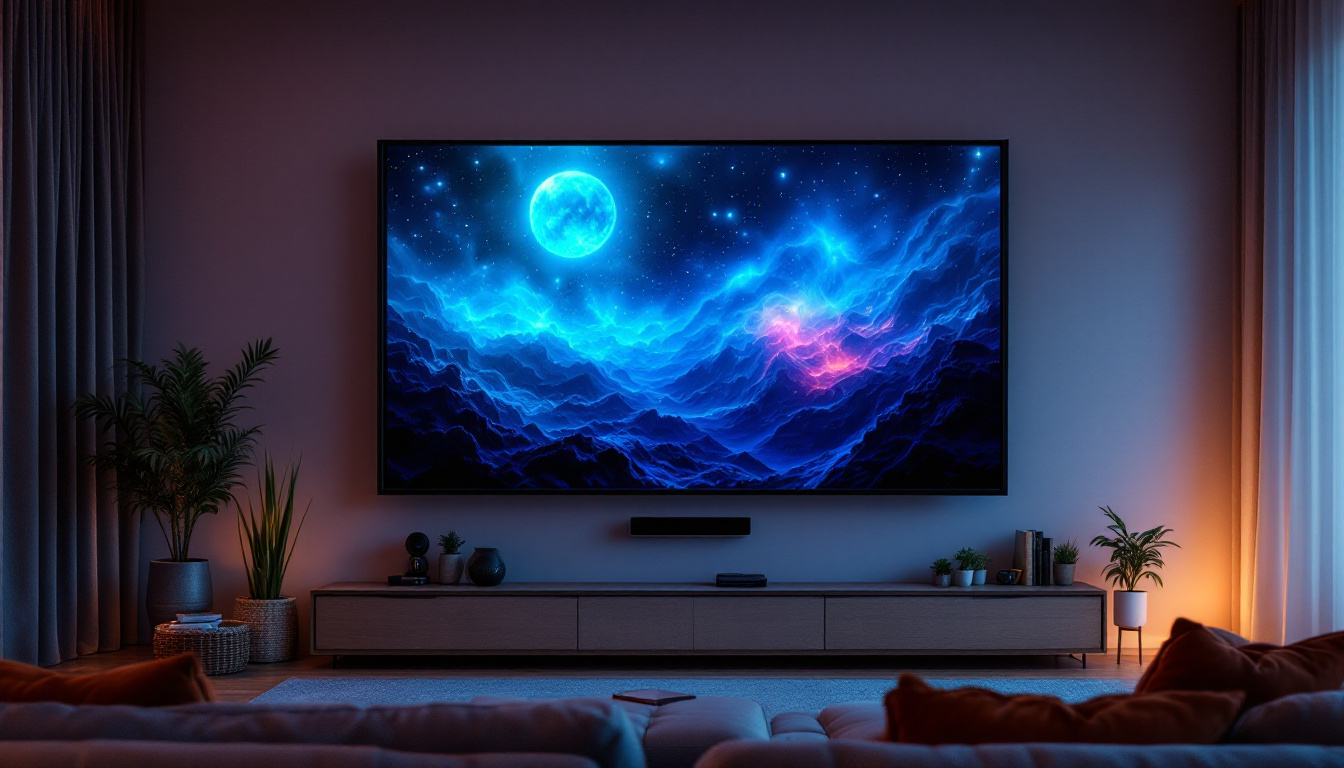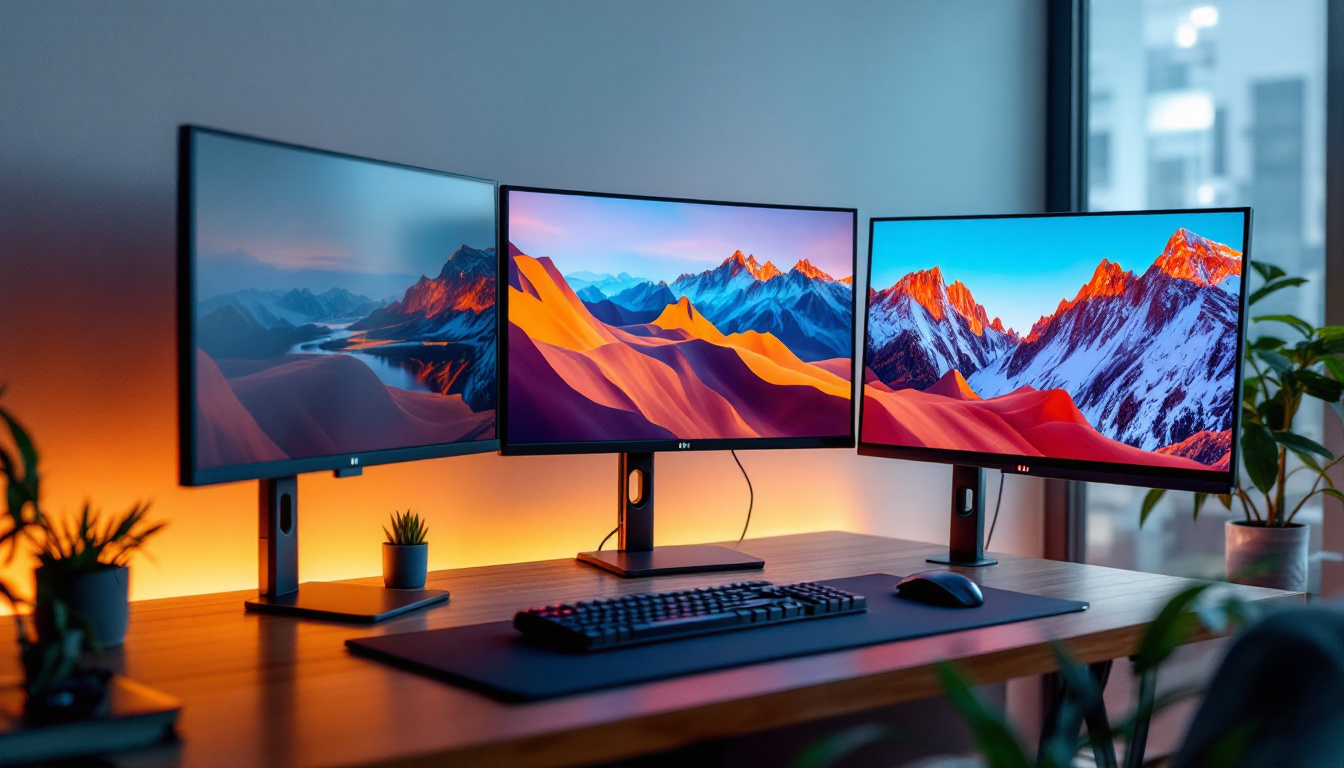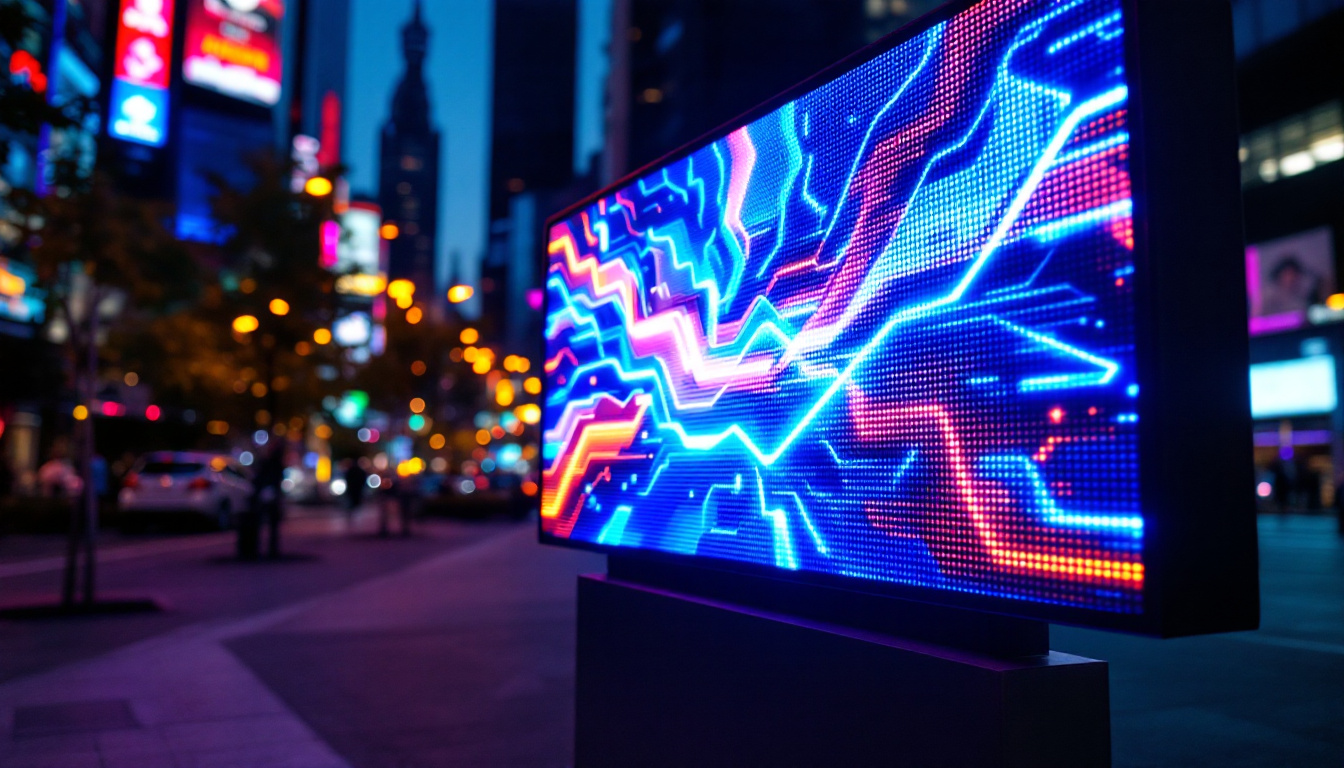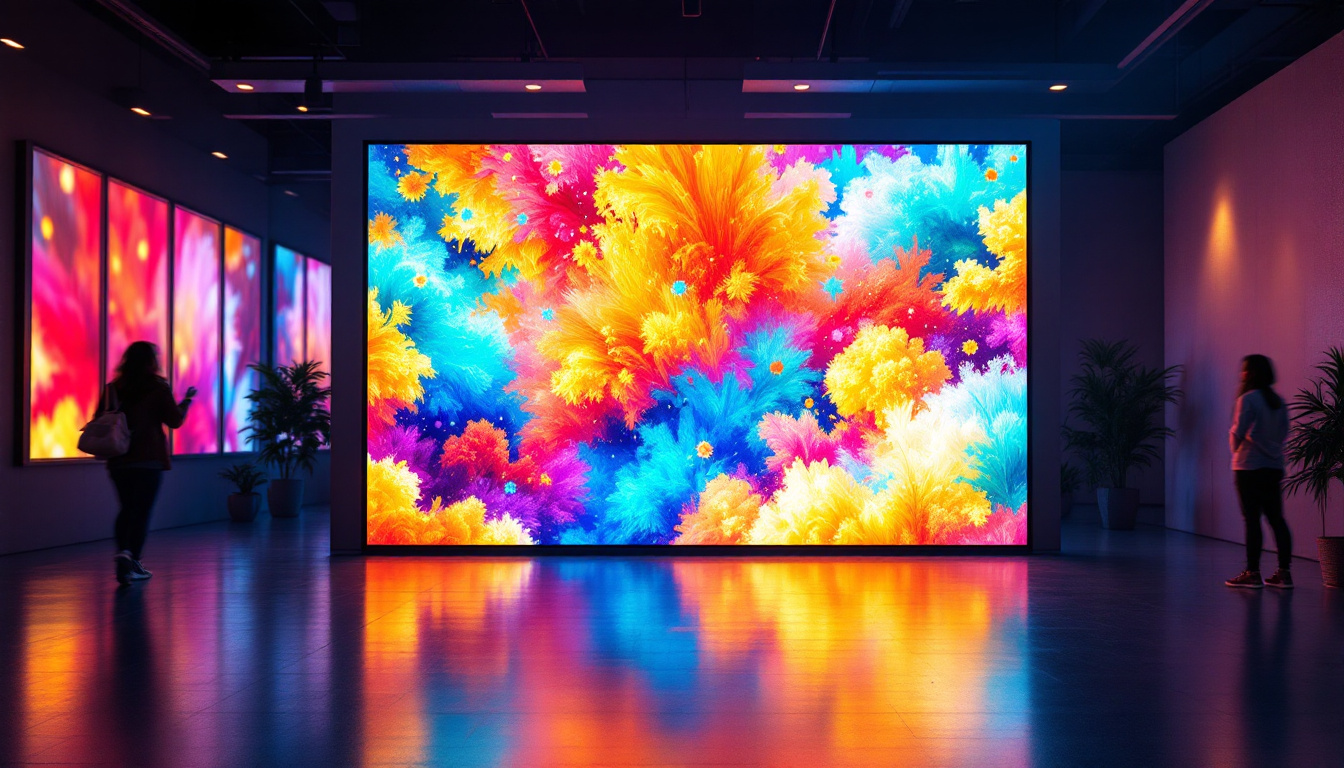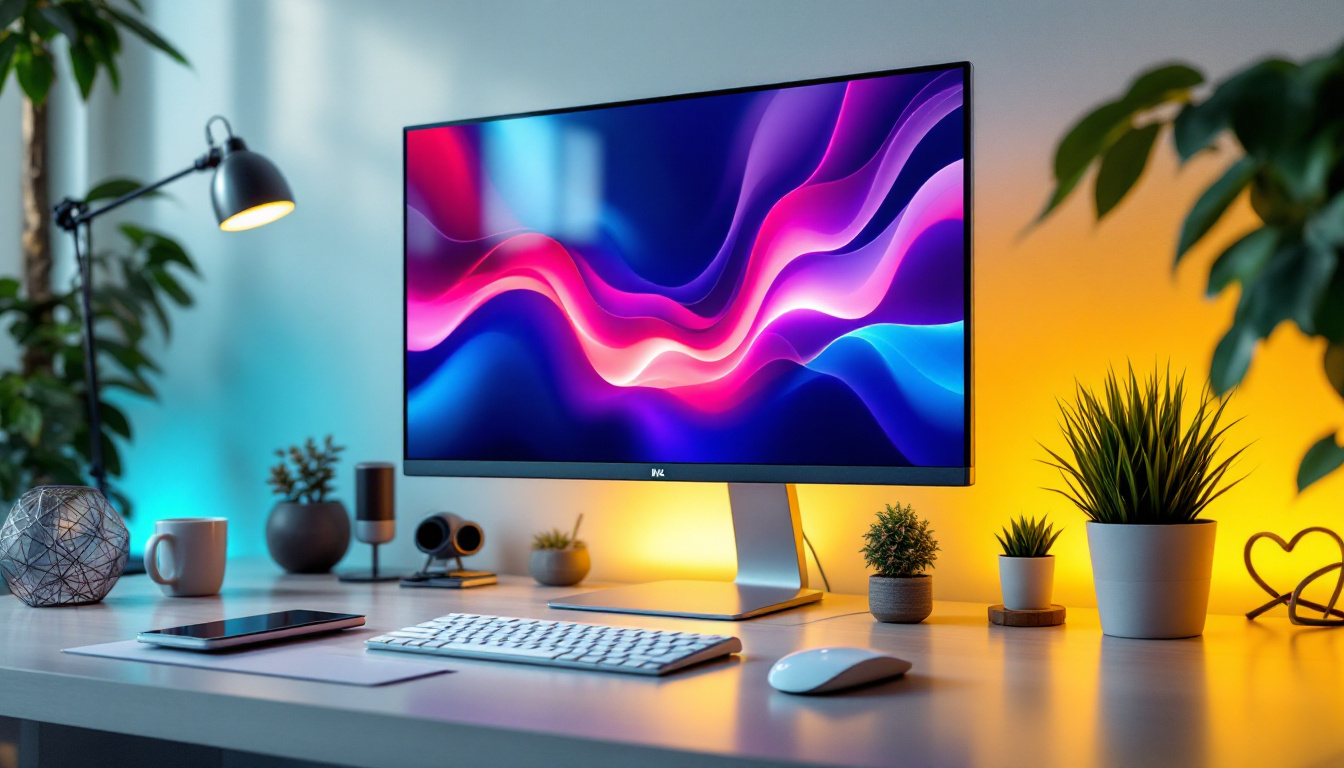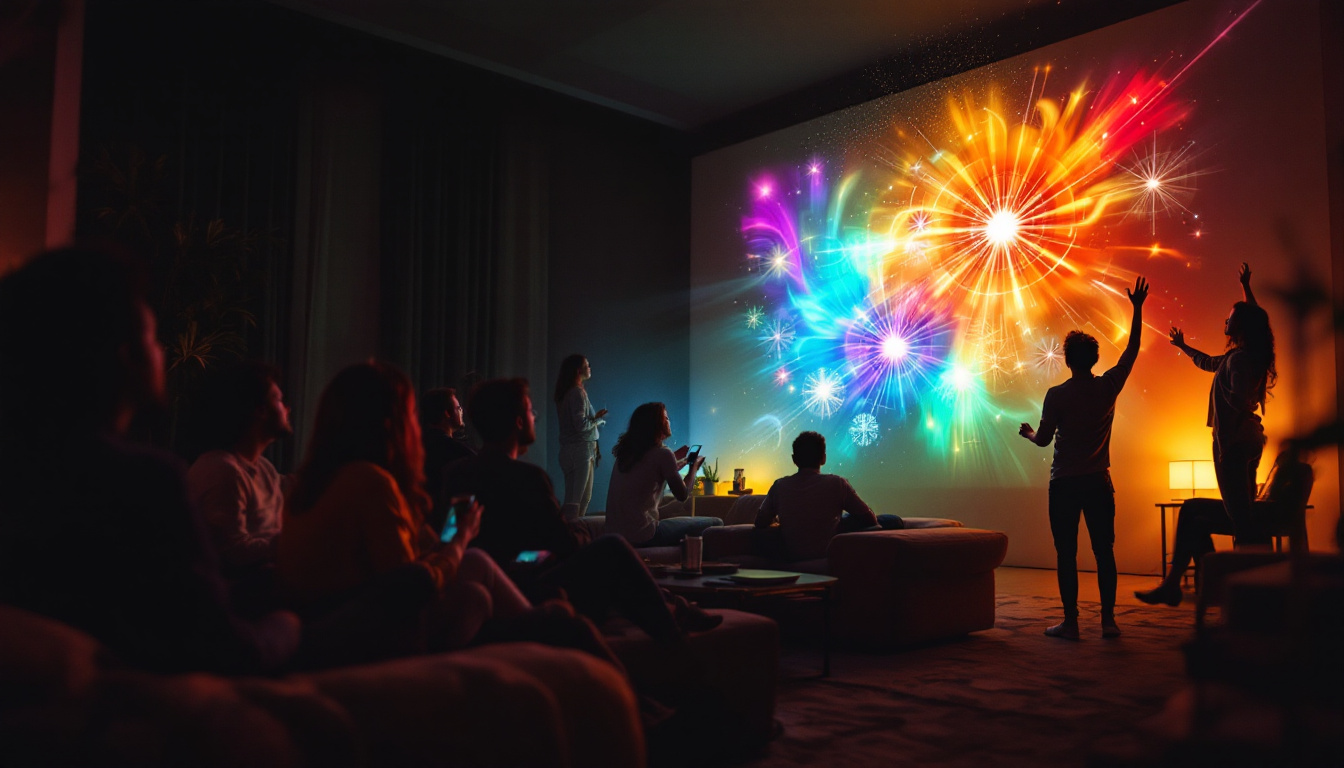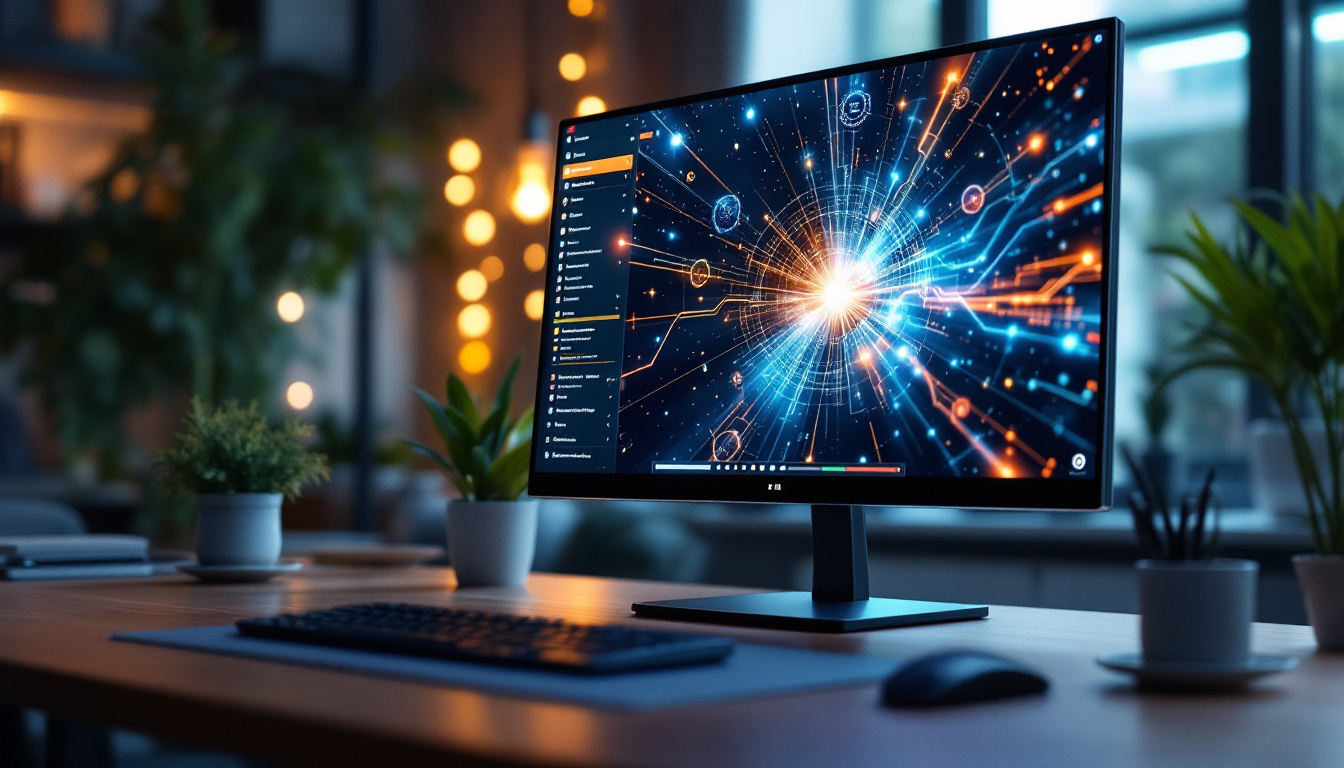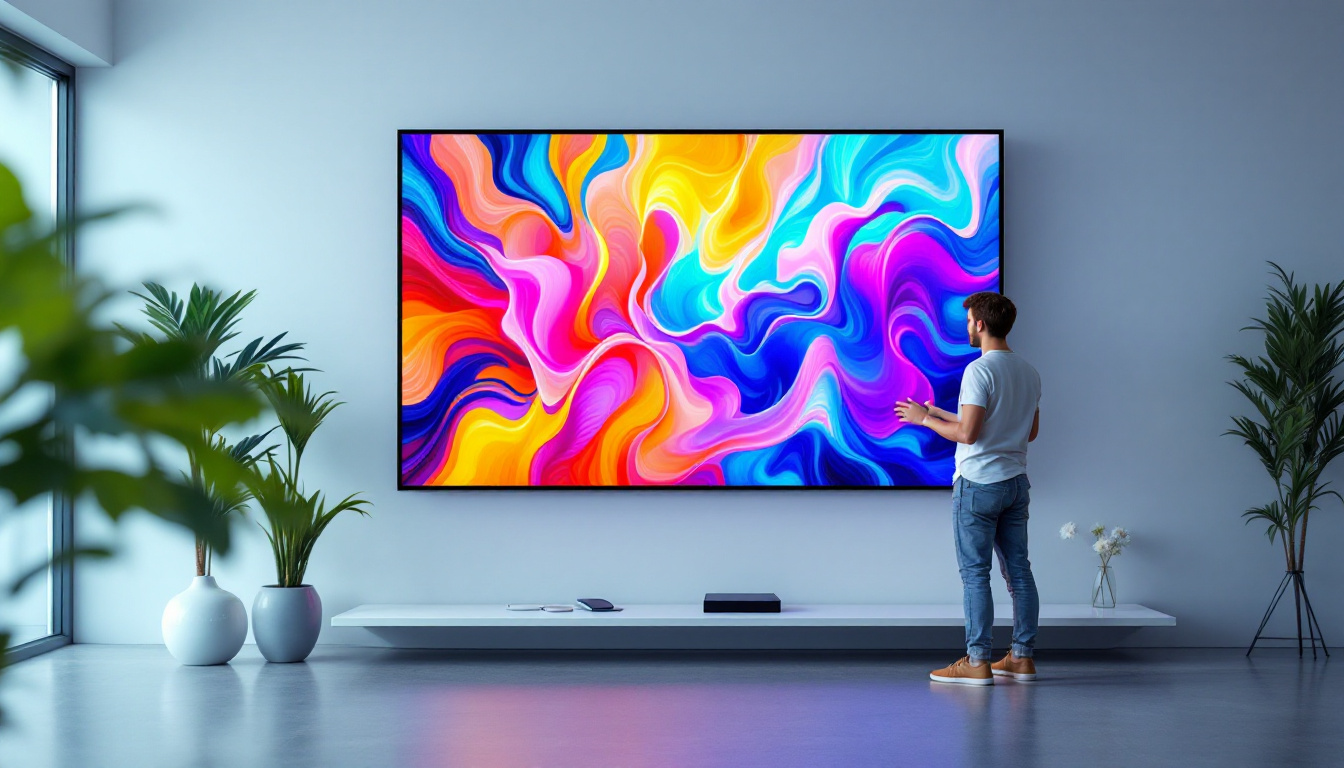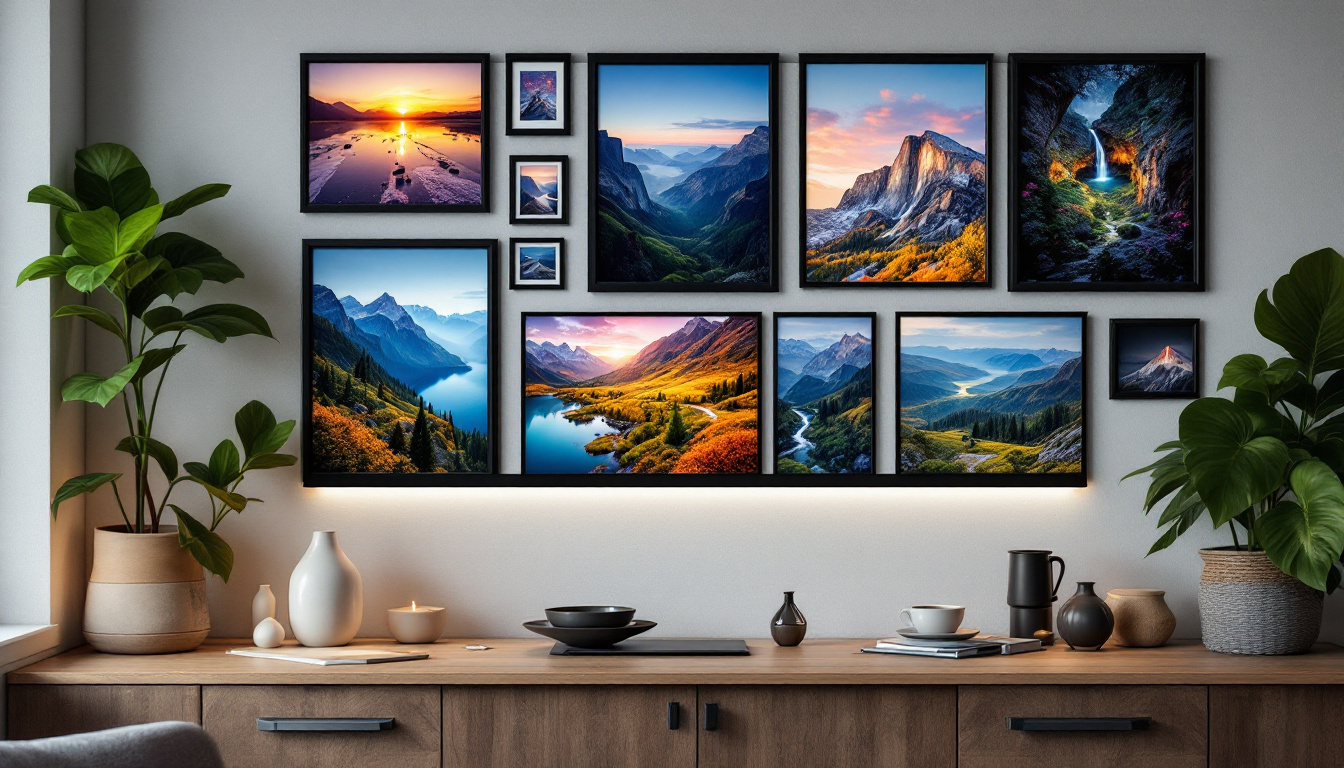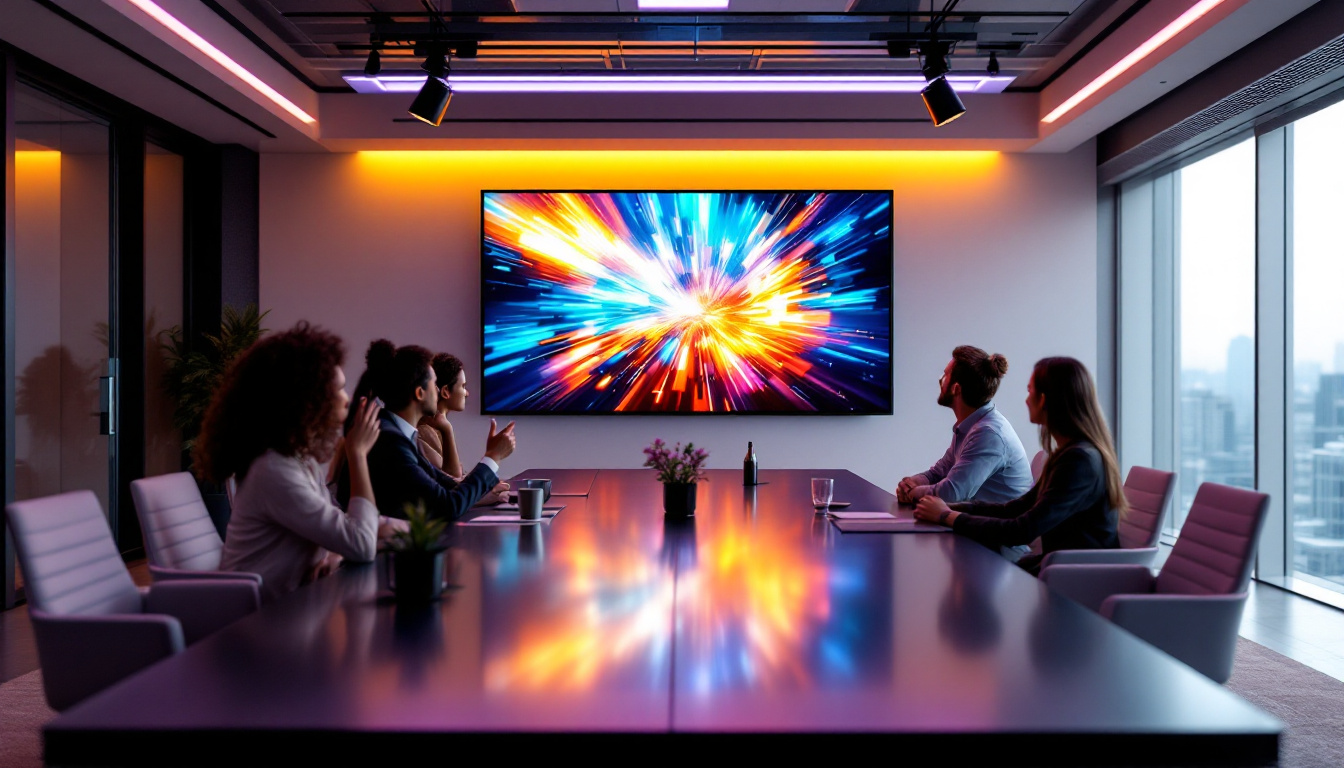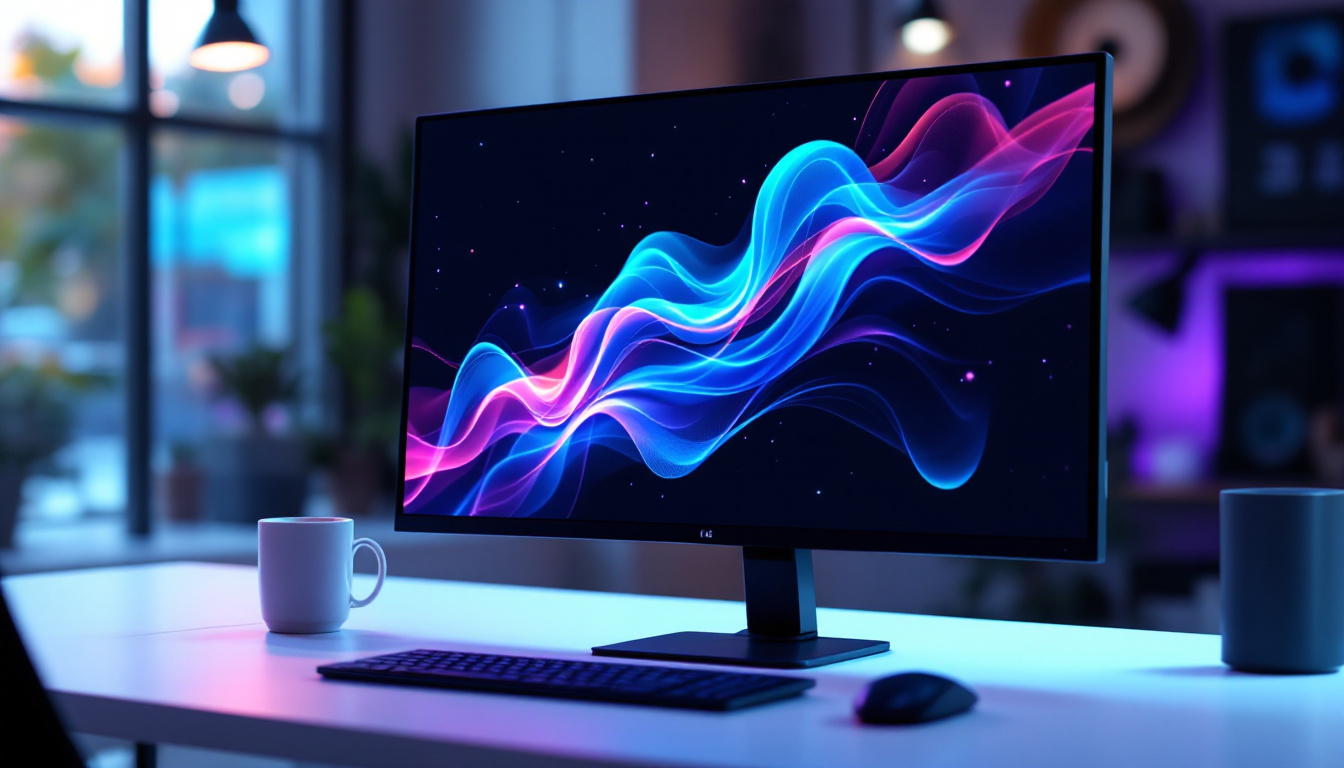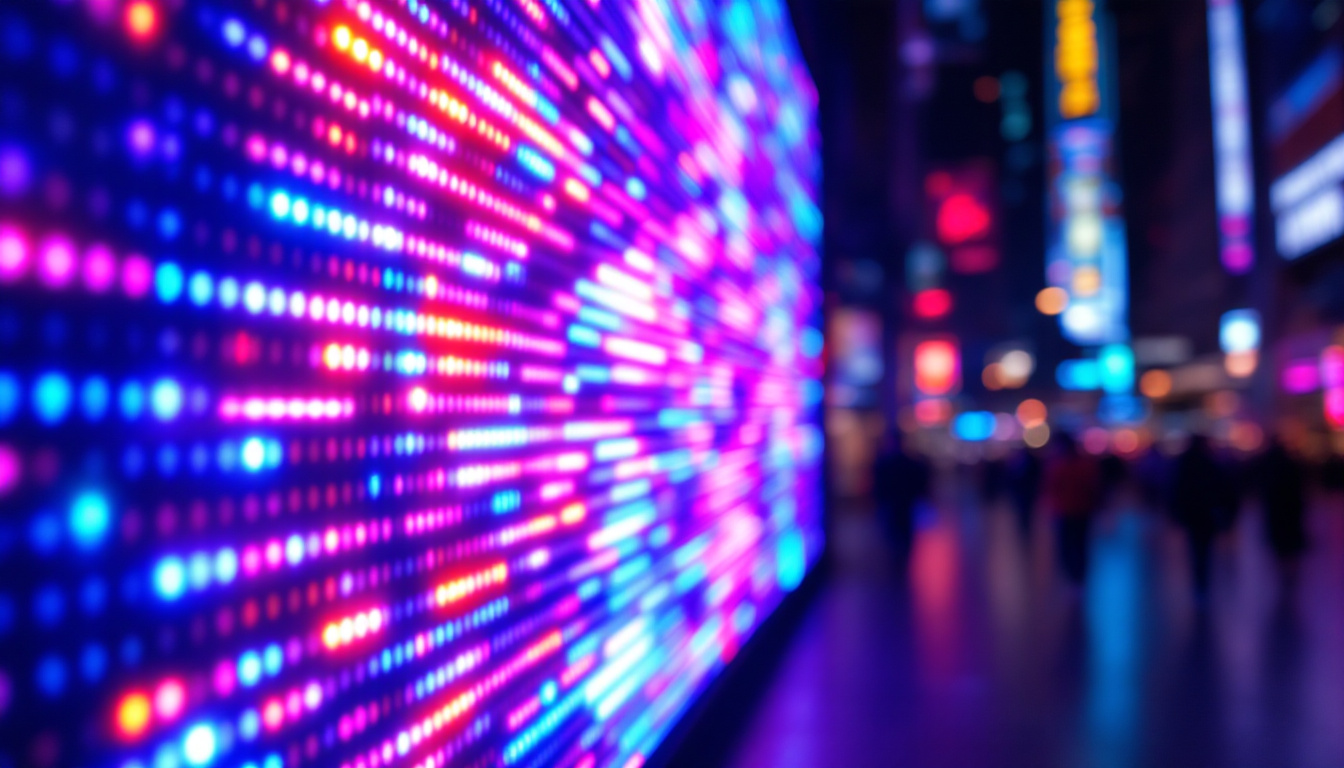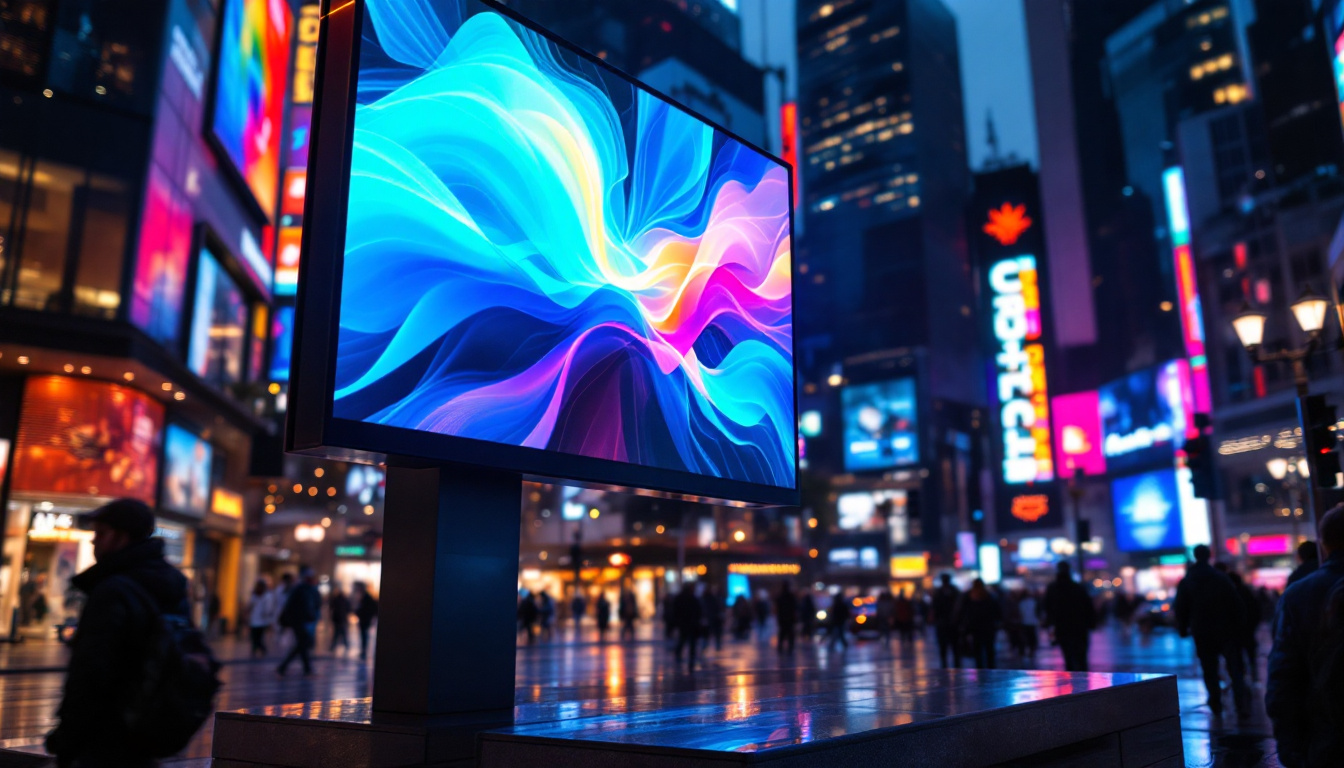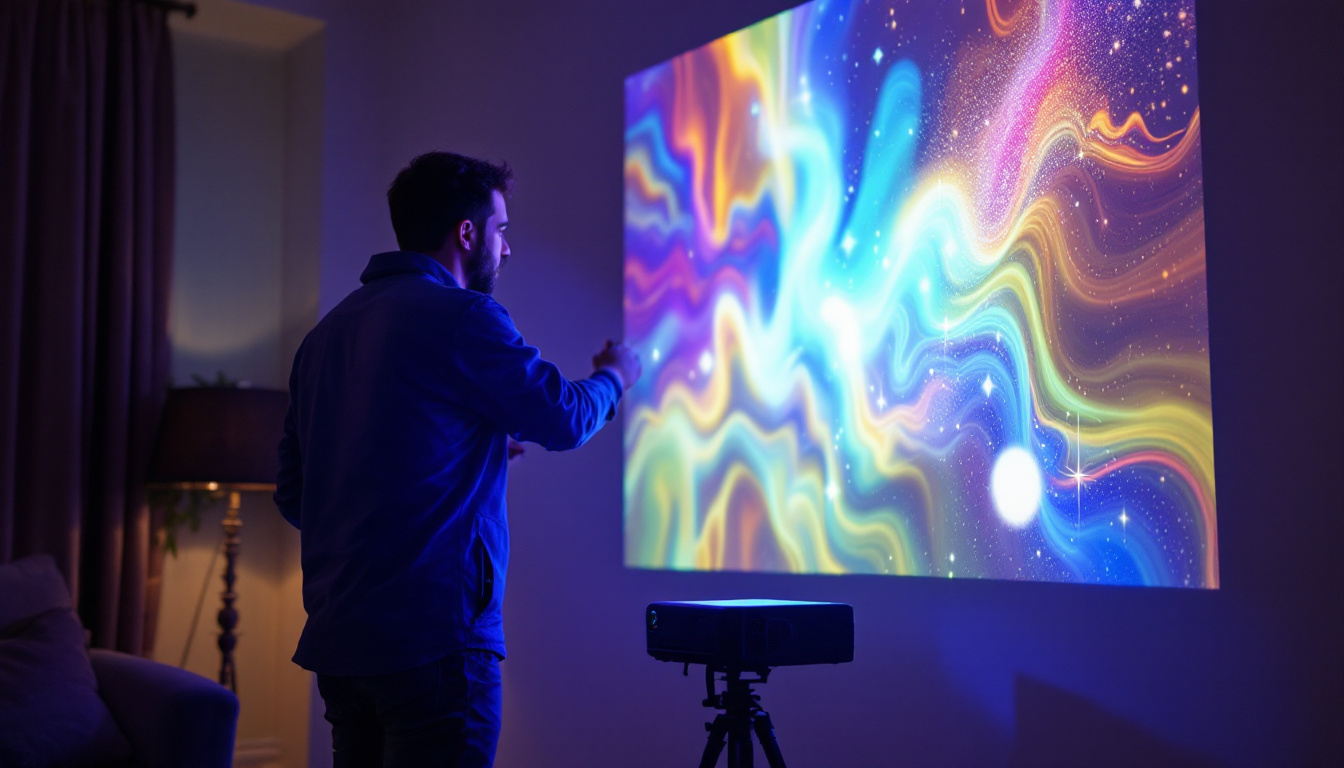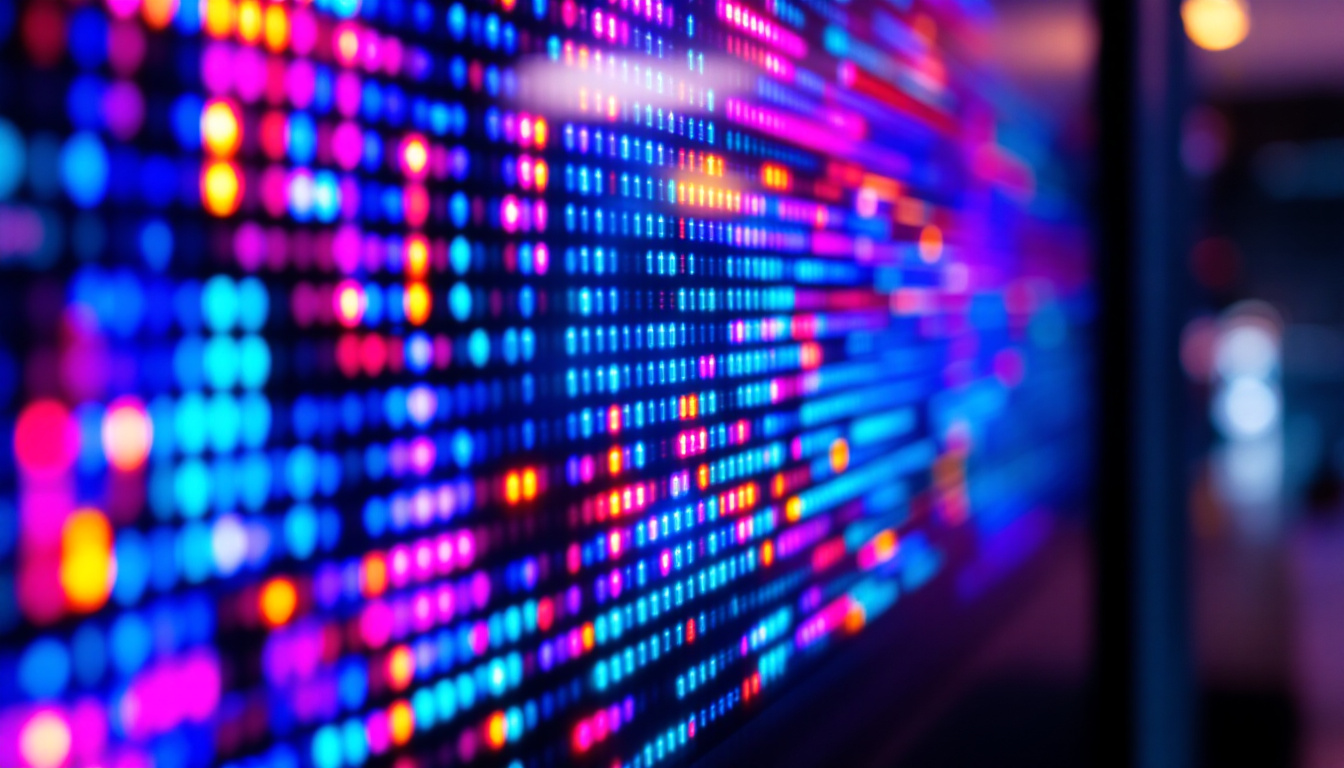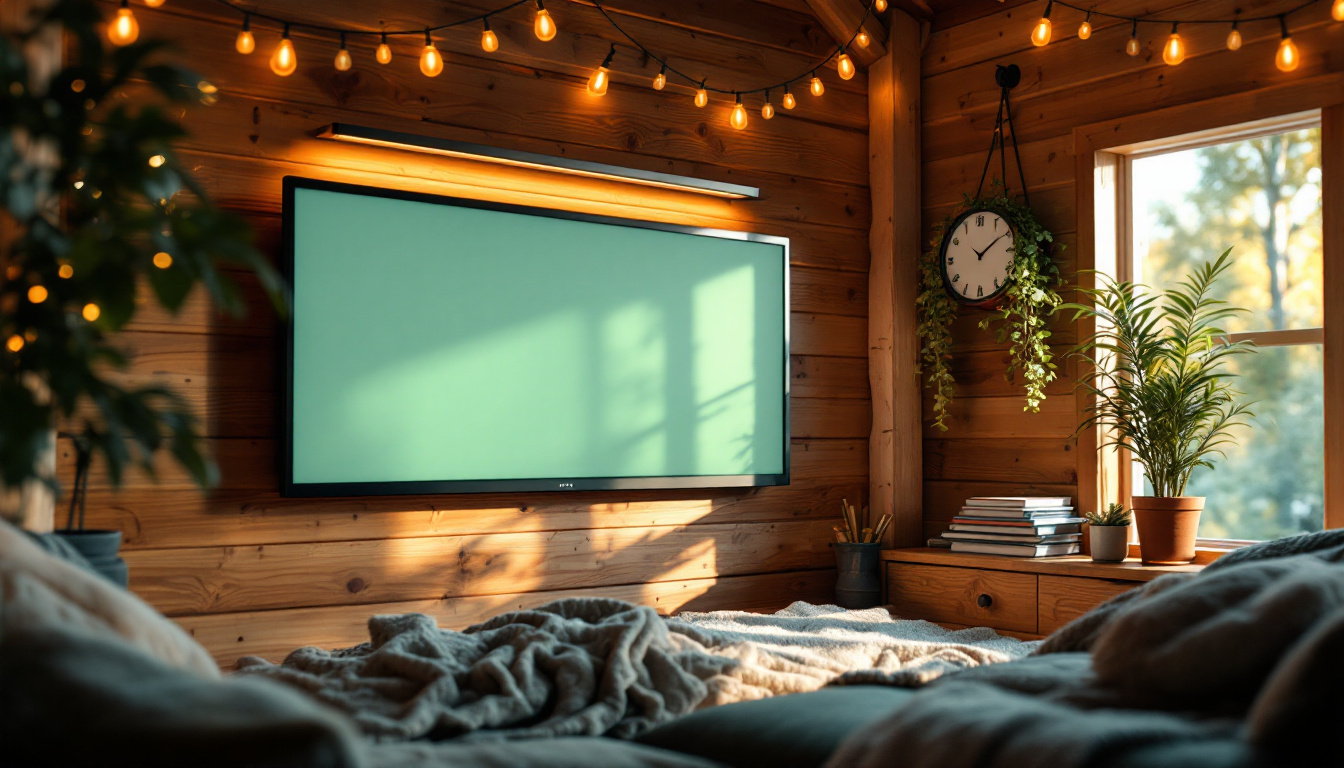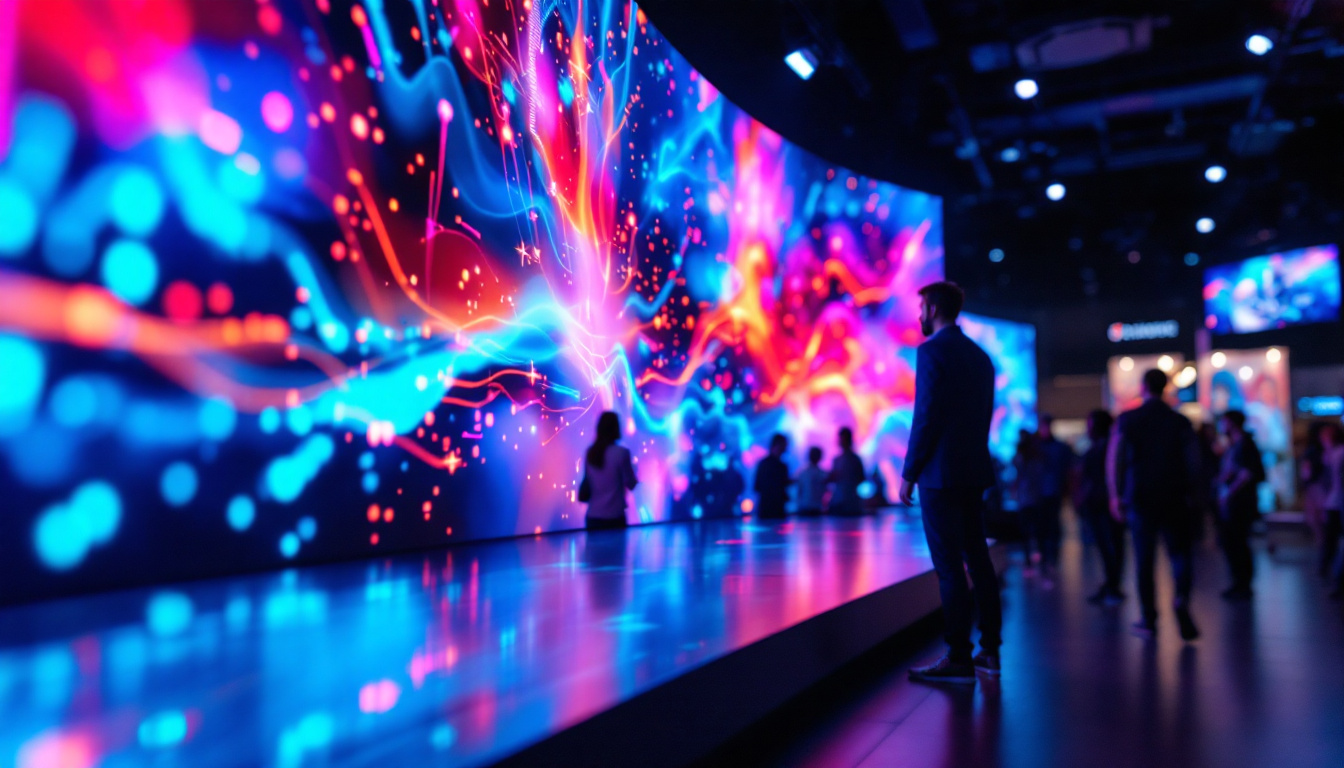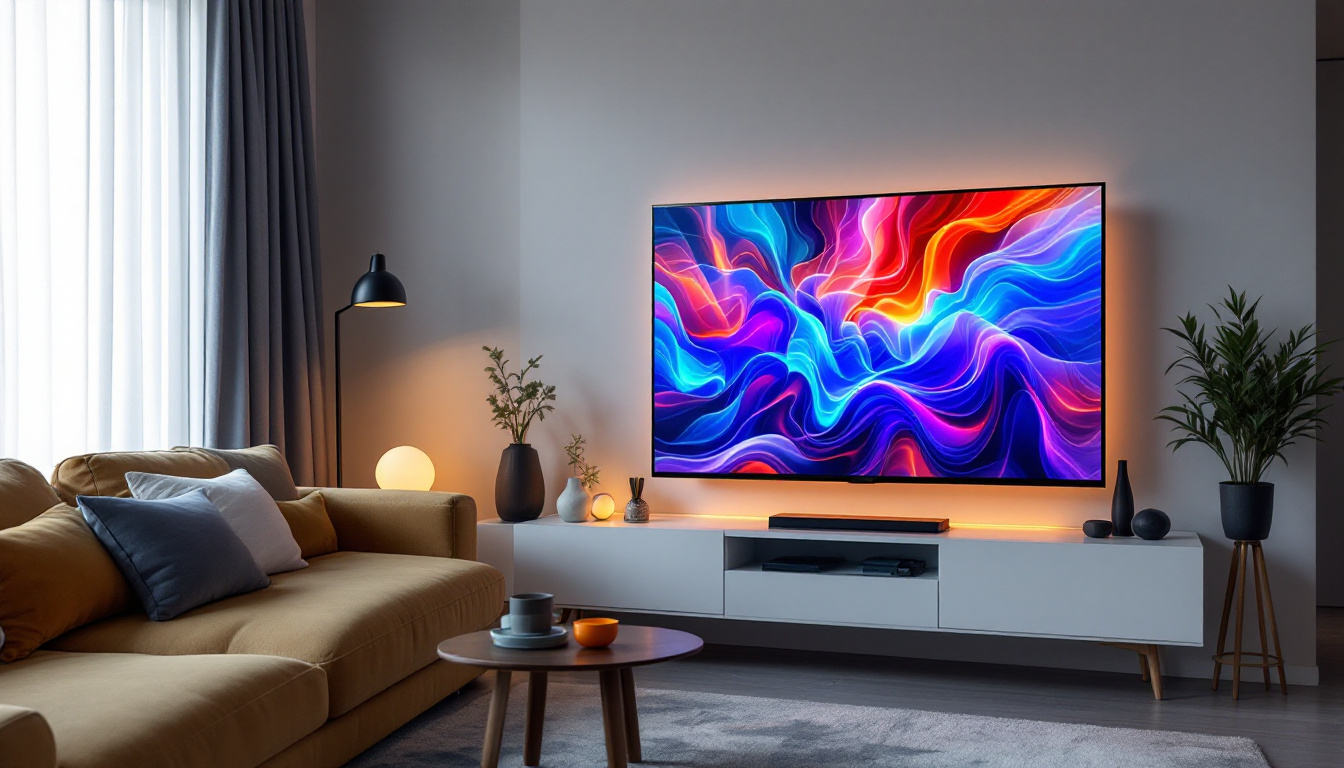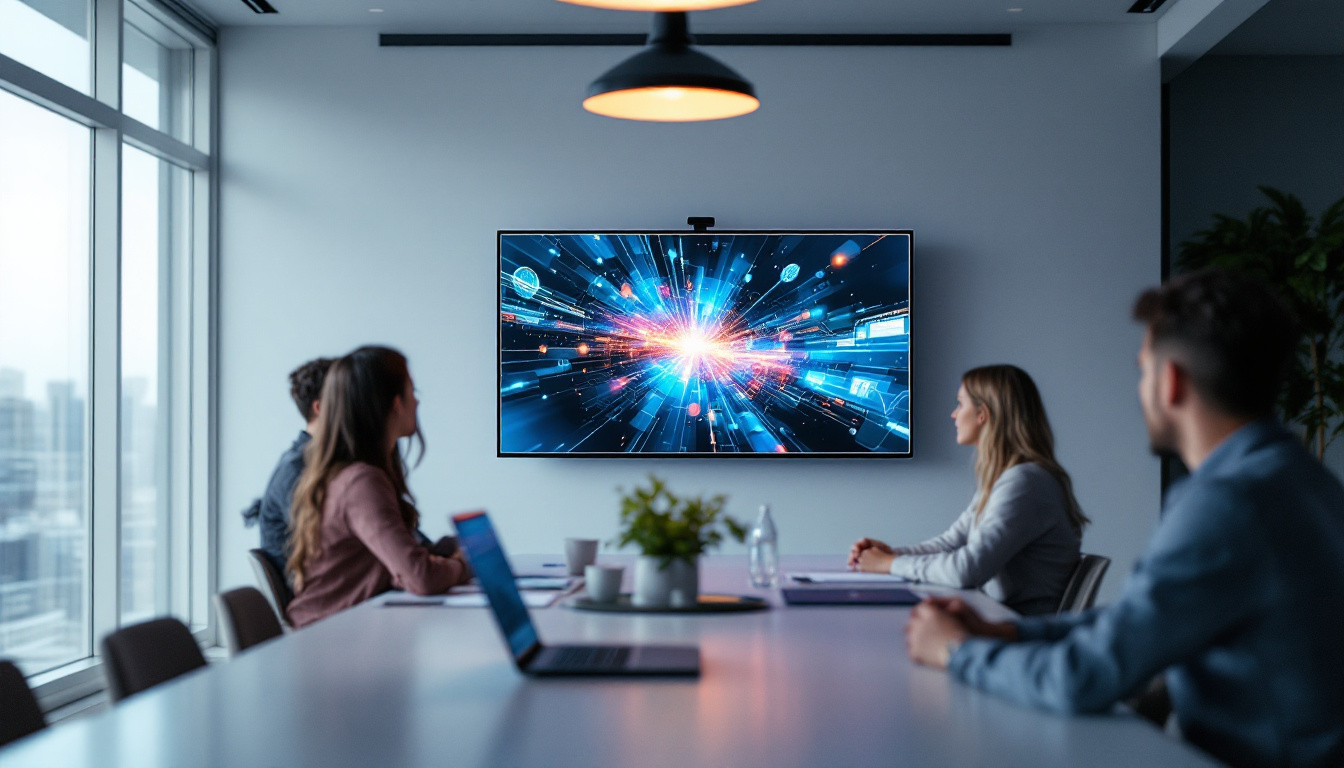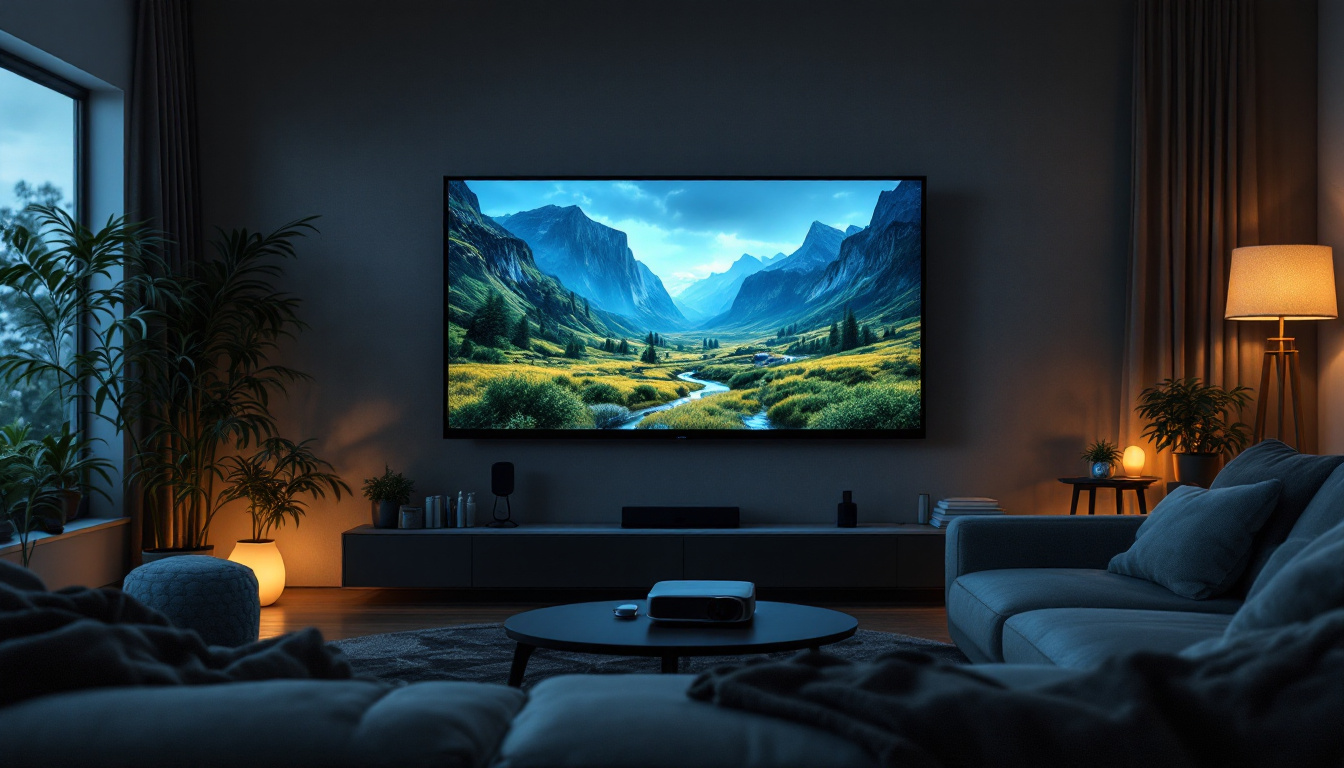In the ever-evolving world of technology, computer monitors have become indispensable tools for both work and leisure. Understanding the various features and functionalities of these devices is crucial for maximizing their potential. One often overlooked aspect is the array of buttons found on monitors, particularly those controlling LED displays. This article delves into the significance of these buttons, their functions, and how they enhance the user experience.
The Importance of Monitor Buttons
Monitor buttons serve as the primary interface for users to interact with their displays. They allow for adjustments in settings such as brightness, contrast, and color calibration. Understanding these buttons can lead to a more tailored viewing experience, which is especially important for professionals in graphic design, video editing, and gaming. A well-calibrated monitor can significantly impact the accuracy of color representation, which is crucial for tasks that require precision, such as photo editing or 3D modeling. Additionally, gamers often rely on quick adjustments to optimize their settings for different gaming environments, making familiarity with monitor buttons essential.
Types of Monitor Buttons
Modern monitors typically feature a combination of physical buttons and touch-sensitive controls. Physical buttons provide tactile feedback, while touch-sensitive controls offer a sleek, minimalist aesthetic. Some monitors even incorporate joystick-like controls, allowing for intuitive navigation through on-screen menus. This evolution in design not only enhances user experience but also caters to varying preferences; some users may prefer the traditional feel of buttons, while others might enjoy the modern touch interface. Furthermore, certain high-end models now include customizable buttons that can be programmed for specific functions, providing an even more personalized experience.
Common Functions
Most monitors come equipped with a range of buttons that serve specific functions. The most common include:
- Power Button: Turns the monitor on and off.
- Menu Button: Opens the on-screen display (OSD) menu for adjusting settings.
- Brightness and Contrast Controls: Adjusts the brightness and contrast levels to enhance image quality.
- Input Selection: Switches between different input sources, such as HDMI, DisplayPort, or VGA.
In addition to these basic functions, many monitors feature advanced options that can be accessed through the OSD menu. For instance, users can often find settings for color temperature adjustments, which allow for a warmer or cooler display based on personal preference or ambient lighting conditions. Some monitors also include presets for different activities, such as gaming, reading, or watching movies, enabling users to quickly switch between optimized settings. This level of customization not only enhances user comfort but can also help reduce eye strain during prolonged use, making it an essential consideration for anyone who spends significant time in front of a screen.
Understanding LED Display Technology
LED (Light Emitting Diode) technology has revolutionized the way monitors display images. Unlike traditional LCDs that use fluorescent backlighting, LED monitors utilize tiny diodes to produce light, resulting in enhanced brightness, contrast, and energy efficiency. This shift in technology has not only improved the visual experience for consumers but has also paved the way for innovations in various applications, from televisions to smartphones and digital signage.
How LED Displays Work
LED displays work by illuminating pixels on the screen with light emitted from diodes. This process allows for more precise control over brightness and color, leading to vibrant images and deeper blacks. The technology can be categorized into two main types: edge-lit and backlit displays. Each type has its unique characteristics and is suited for different use cases, influencing the choice of display for both consumers and businesses alike.
- Edge-lit LED: LEDs are placed along the edges of the screen, providing a slim profile but potentially less uniform brightness. This design is often found in ultra-thin televisions, making them aesthetically pleasing and easy to mount on walls.
- Full-array backlit: LEDs are distributed across the entire back of the screen, offering superior brightness and contrast control. This type is favored for high-end displays, as it allows for local dimming, enhancing the viewing experience in darker scenes.
Benefits of LED Displays
LED displays offer several advantages over traditional display technologies:
- Improved Energy Efficiency: LED monitors consume less power, making them environmentally friendly and cost-effective. This efficiency not only reduces electricity bills but also contributes to a lower carbon footprint, appealing to eco-conscious consumers.
- Better color accuracy: Enhanced color reproduction ensures that images appear more lifelike. This is particularly beneficial for professionals in graphic design and photography, where color fidelity is crucial.
- Thinner Designs: The compact nature of LED technology allows for sleeker monitor designs. This has led to the development of ultra-slim TVs and portable devices that are not only stylish but also easier to transport and set up.
Moreover, LED technology has enabled the creation of larger screens with higher resolutions, such as 4K and 8K displays, providing an immersive viewing experience. The advancements in pixel density and refresh rates have made LED displays ideal for gaming, where fast action and vibrant graphics are essential. Additionally, the durability of LED screens, which are less prone to burn-in compared to older technologies, ensures longevity and reliability, making them a preferred choice for both home and commercial use.
As the technology continues to evolve, we are witnessing the emergence of new innovations such as MicroLED and MiniLED displays. These cutting-edge technologies promise even greater improvements in brightness, contrast, and color accuracy, pushing the boundaries of what is possible in display technology. With ongoing research and development, the future of LED displays looks bright, offering exciting possibilities for consumers and industries alike.
Interacting with Monitor Buttons
Understanding how to effectively use monitor buttons can significantly enhance the overall user experience. While many users may rely on default settings, taking the time to customize display settings can lead to improved visual comfort and performance. For instance, individuals who spend long hours in front of their screens may benefit from reducing blue light emission, which can help alleviate eye strain and promote better sleep patterns.
Navigating the On-Screen Display (OSD)
The OSD menu is accessed through the menu button on the monitor. Once opened, users can navigate through various settings using the arrow buttons or joystick control. Common adjustments include:
- Color Calibration: Fine-tuning color settings can help achieve accurate color representation.
- Aspect Ratio: Adjusting the aspect ratio can optimize the display for different content types.
- Response Time Settings: Modifying response times can reduce motion blur in fast-paced video games.
In addition to these adjustments, users can often find options for brightness and contrast settings, which can be particularly useful in varying lighting conditions. For example, a brighter setting may be beneficial in a well-lit room, while a lower brightness can create a more comfortable viewing experience in a dim environment. Furthermore, some monitors offer preset modes for specific activities, such as reading or watching movies, which can automatically adjust multiple settings to enhance the viewing experience.
Customizing User Profiles
Many modern monitors allow users to create and save custom profiles for different activities. For instance, a user may prefer one profile for gaming, with higher brightness and faster response times, and another for photo editing, emphasizing color accuracy. These profiles can typically be accessed via the OSD menu, making it easy to switch between settings based on the task at hand. This feature is particularly advantageous for professionals who require precise color grading or for gamers who need to adapt their settings quickly based on the game being played.
Moreover, some advanced monitors come equipped with software that can sync these profiles with specific applications on your computer. This means that when you launch a particular program, the monitor can automatically switch to the optimal settings you have predefined, ensuring that you always have the best visual experience tailored to your needs. This level of customization not only enhances productivity but also allows users to fully immerse themselves in their activities, whether it be gaming, graphic design, or casual browsing.
Common Issues and Troubleshooting
While monitor buttons and LED displays are generally reliable, users may encounter issues that require troubleshooting. Understanding these common problems can help in resolving them quickly.
Unresponsive Buttons
If the buttons on a monitor become unresponsive, it may be due to a software glitch or a hardware issue. Restarting the monitor or resetting it to factory settings can often resolve the problem. If the issue persists, checking for firmware updates or contacting customer support may be necessary.
Display Quality Issues
Users may notice problems with display quality, such as flickering or color distortion. These issues can often be traced back to incorrect settings in the OSD menu or faulty cables. Ensuring that the correct input source is selected and that cables are securely connected can often rectify these problems.
Future Trends in Monitor Technology
As technology continues to advance, the future of monitor buttons and LED displays looks promising. Emerging trends indicate a shift towards even more intuitive interfaces and enhanced display capabilities.
Touch and Gesture Controls
With the rise of touch technology, future monitors may incorporate touch-sensitive surfaces that eliminate the need for physical buttons altogether. Gesture controls could also become more prevalent, allowing users to navigate settings with simple hand movements, further enhancing the user experience.
Integration with Smart Technology
As smart home technology becomes more widespread, monitors may begin to integrate with other smart devices. This could allow users to control their monitors through voice commands or mobile applications, creating a seamless and interconnected experience.
Conclusion
Understanding the buttons on computer monitors and the technology behind LED displays is essential for optimizing the user experience. By familiarizing oneself with the various functions and settings, users can significantly enhance their viewing experience, whether for work or entertainment. As technology continues to evolve, staying informed about new features and trends will ensure that users can make the most out of their monitors.
In summary, the buttons on a monitor are more than just functional elements; they are gateways to a personalized viewing experience. Embracing the capabilities of LED technology and the potential future advancements will not only enhance productivity but also enrich the overall enjoyment of digital content.
Discover the Future of Visual Display with LumenMatrix
Ready to take your viewing experience to the next level? LumenMatrix is at the forefront of LED display technology, offering a wide array of innovative solutions that cater to your every need. Whether you’re looking to enhance your brand’s visibility with an Indoor LED Wall Display, captivate passersby with an Outdoor LED Wall Display, or create dynamic visual experiences with Custom LED Displays, LumenMatrix has the expertise to bring your vision to life. Don’t just read about the potential of LED technology—experience it firsthand. Check out LumenMatrix LED Display Solutions today and see the difference for yourself.




